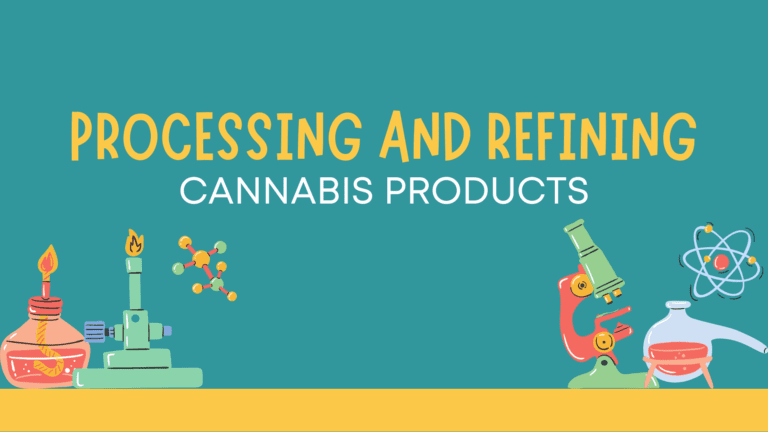A nutrient solution refers to a specially formulated mixture of essential elements and compounds that are dissolved in water and provided to plants to support their growth and development. In the context of cannabis cultivation, a nutrient solution is an important component of hydroponic systems or soilless growing mediums, where plants receive their essential nutrients directly through water rather than soil.
The primary purpose of a nutrient solution is to provide plants with the necessary macro and micronutrients that are vital for their overall health and optimal growth. These nutrients include elements such as nitrogen (N), phosphorus (P), potassium (K), calcium (Ca), magnesium (Mg), and trace elements like iron (Fe), manganese (Mn), zinc (Zn), and others. Each nutrient plays a specific role in the plant’s physiological processes, such as photosynthesis, root development, flower formation, and resistance to diseases and pests.
A well-balanced nutrient solution ensures that all the required elements are present in the appropriate proportions, tailored to the specific growth stage of the plants. For example, during the vegetative stage, cannabis plants typically require higher levels of nitrogen to support leaf and stem growth. In contrast, during the flowering stage, higher levels of phosphorus and potassium are needed to promote bud development and overall flower quality.
The composition of a nutrient solution can vary depending on the specific brand, product, or the preferences of the cultivator. Different formulations are available on the market, including pre-mixed solutions or concentrated base nutrients that can be customized by adding additional supplements or additives. These additives may include beneficial microbes, organic compounds, or supplements designed to address specific deficiencies or enhance certain traits in the plants.
When preparing a nutrient solution, it is important to follow the manufacturer’s instructions or recommended guidelines. This ensures that the plants receive the appropriate concentration of nutrients without risking nutrient imbalances or toxicity. Overfeeding or underfeeding plants can have adverse effects, such as nutrient deficiencies, nutrient burn, stunted growth, or reduced yields.
In hydroponic systems, the nutrient solution is typically circulated or pumped to the plant’s roots through a network of tubes or channels. The plants absorb the necessary nutrients directly from the solution, which is continuously recirculated or replenished as needed. In soilless mediums, such as coco coir or peat moss, the nutrient solution is manually applied to the growing medium, allowing the roots to take up the nutrients.
Regular monitoring and adjustment of the nutrient solution’s pH and electrical conductivity (EC) are crucial to maintain optimal nutrient uptake by the plants. pH refers to the acidity or alkalinity of the solution, and cannabis plants generally thrive in a slightly acidic range between 5.5 and 6.5. EC, on the other hand, measures the concentration of dissolved salts in the solution and helps ensure that the nutrient levels are within the desired range.







